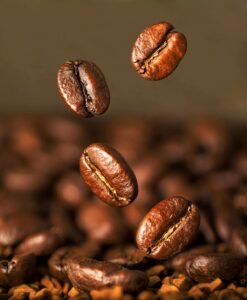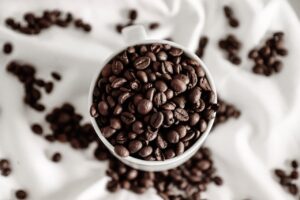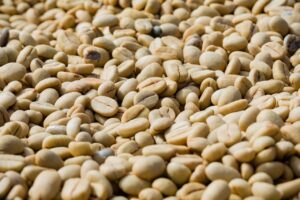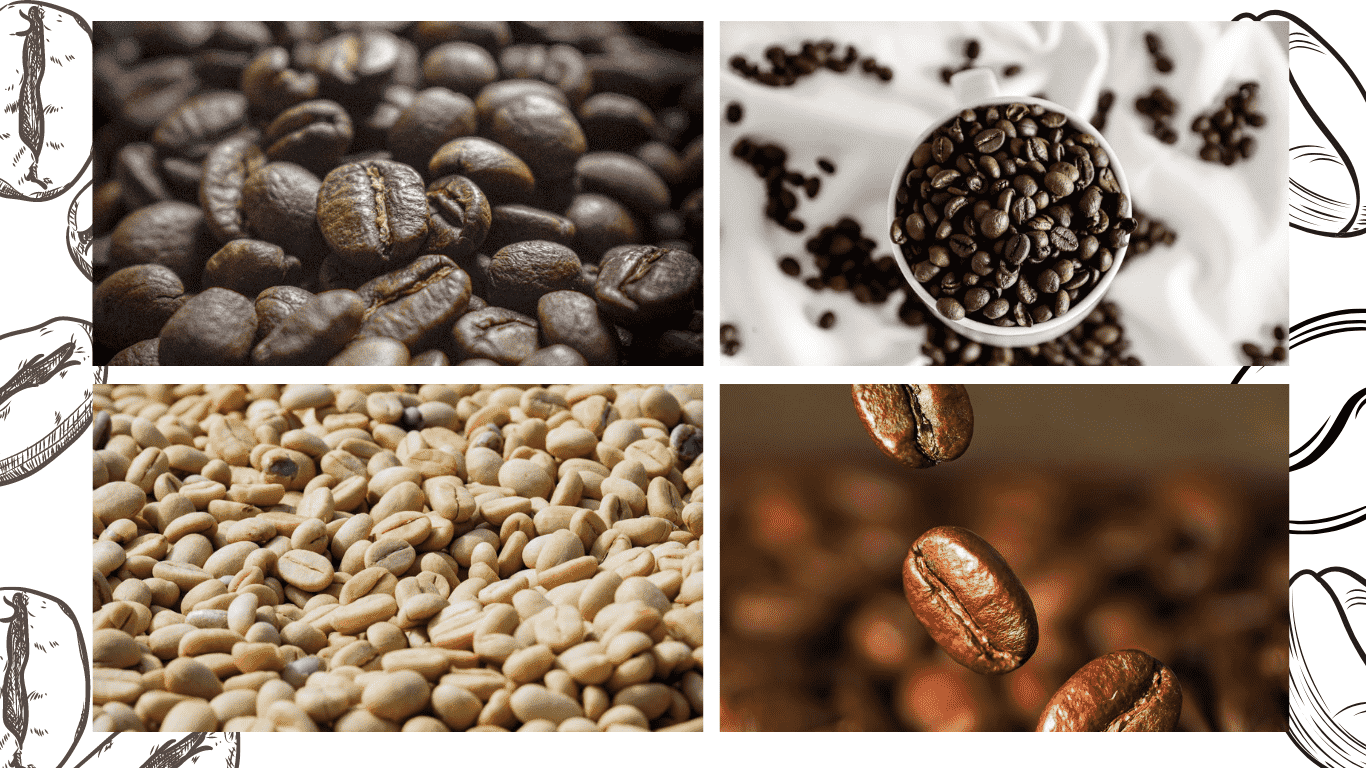Different Types of Coffee Beans
Hello everyone. What’s up? Hope all of you are doing well. We all are coffee nerds and love to drink coffee thousands of times in our daily lives, isn’t it? Yes, all we agree, it is. But ever have we thought, how many types of coffee are there that we drink every day. It will be quite the same answer for all of us. We don’t think about it. Today we will discuss the types of coffee we should know that we drink every day.
What is a coffee bean?
First of all, there is an interesting fact about Coffee. And that is Coffee is a fruit. We found the coffee bean inside the coffee fruit which is called cherry. After removing the outer part of the coffee fruit and finishing the proper processing, we got the beans. That’s the Coffee Bean. After that, roasted beans are finally used for different types of recipes and the options are endless for a coffee lover.
What are the types of Coffee Beans are there?
There are 4 types of coffee beans which we usually use. Those are: Arabica, Robusta, Liberica and Excelsa. The most popular and common coffee beans are Arabica and Robusta. But all of the 4 types are used around the world.
4 types of Coffee Beans
| Arabica | Origin to Ethiopia | Brewed Coffee |
| Robusta | Origin to Sub-Saharan Africa | Espresso & Coffee Blends |
| Liberica | Origin to Southeast Asia | Brewed & Blends |
| Excelsa | Origin to Southeast Asia | Brewed & Deserts |
Arabica (Coffea arabica)

Arabica coffee beans are the most commonly used coffee beans and the highest produced in the world. More than 60% of coffee beans are Arabica coffee beans that are produced and consumed around the different corners of the planet. Arabica coffee bean is the most premium and high-quality coffee bean among all the beans. The interesting fact is that this high-quality and premium coffee bean was discovered hundreds of years ago in the highlands of Ethiopia and may be the first coffee bean which was consumed.
The species of the plant is named Coffea Arabica and the name came from the 7th century when the bean got into the present Yemen and Arabia which turned into Arabica. The Arabs first consumed the coffee from roasted coffee and said that the drink prolonged their work hours as well as their energy.
How do they grow?
Arabica coffee beans grow in high altitudes and take six to seven years to fully mature. All coffee beans can be grown in the so-called coffee belts around the world in about 50 countries. But arabica coffee beans need extra care to grow properly. That’s why the coffee bean is a little more costlier and tasty.
What do they taste like?
Arabica coffee is considered the most quality and tasty coffee beans in the world of coffee. The high quality and taste make the beans more premium and a bit more costlier than other versions of coffee beans. It has a mild, light and airy taste for the drinkers and most coffee lovers love this taste of coffee. Italian coffee grower Ernesto Illy wrote, ‘’Coffee made from arabica beans has an intense, intricate aroma that can be reminiscent of flowers, fruit, honey, chocolate, caramel or toasted bread.’’
Robusta (Coffea caniphora)

The second most produced and popular coffee bean is the Robusta coffee bean. It’s a Sub-Saharan Africa variant and grows mostly in Africa, Indonesia and India nowadays. Robusta beans are less expensive compared to Arabica beans which is a budget-friendly choice for roasters.
How do they grow?
The species of the plant is named Coffea caniphora and is larger, and rounded compared to other beans. The plant is also taller than other coffee plants like Arabica such as 15 to 20 feet tall. The robusta coffee plants can be grown in low altitude and also disease-preventing.
What do they taste like?
As we said before Arabica coffee beans are sweeter than the other beans. The Robusta coffee beans are harder to smell and more bitter than the version of Arabica coffee. The Robusta coffee bean has more caffeine than Arabica and for this reason, has a deeper and burnt taste. Because of the harder and bitter taste, the Robusta beans are commonly used with other flavours as a complement for coffee roasters.
Liberica (Coffea liberica)

Liberica coffee beans are native to central and western Africa but frequently growing in Southeast Asian countries like Indonesia, Malaysia and the Philippines. Though the coffee bean is native to Africa, especially in Liberia (also Uganda and Angola), the name Liberica came from that specific regional purpose.
How do they grow?
The Liberica coffee beans can tolerate harsh climates and low altitudes. Because of its capability of tolerance of these natural factors, it can be grown in Africa as well as southeast Asia. The coffee plant is much larger than the other two varieties discussed previously and cherries are irregular in size and shape. The coffee plants are around 66 ft. long in size at the final stage. The production share of Liberica bean is less than 1.5% of the total production of coffee around the world.
What does it taste like?
If there is any different and very controversial kind of taste in coffee beans, that is the Liberica coffee beans. The Liberica coffee bean has a very different, polarizing and unusual taste. Despite of having very diversified taste in its own, the coffee bean has a unique flavour. The coffee bean has some woody, nutty or smoky flavour which is very different from others. This is the type of coffee which once tasted, either someone likes it or hates it. This coffee bean can be used as brewed coffee in its own flavour. The Liberica can be also used in blends with other coffee beans.
Excelsa (Coffea excelsa)

Excelsa is one of the other major variants. This coffee bean is considered to origin to Southeast Asia. The Excelsa coffee bean accounts for 6-7% of total coffee production in the world. This coffee bean is unique for its strong taste. Recently the Excesla is reclassified as the Liberica group.
How do they grow?
The Excelsa coffee plant can be grown in medium altitudes. These coffee plants are taller and larger compared to Arabica and Robusta beans. The flowers and beans are also larger than the other variants. The plants are around 26cm or 20 to 30-foot long and the beans are some kind of oval shape.
What is the taste of Excelsa coffee?
Excelsa beans are light and dark, rich and bold. The beans are widely known for their unique & complex tastes like fruity, tart and dark. The Excelsa coffee beans are used in coffee blends for better taste and rich and dark colour. Many coffee lovers asked sometimes,”How much caffeine is in excelsa coffee?” The answer is simple. The coffee contains around 100–140mg of caffeine per 8oz cup considering brewing methods. Not everyone loves the aroma of this coffee bean so coffee shops use it as per customer demands.
What type of coffee is best to have? Or What Kind of Coffee Bean Should You Choose?
Well, all of us now have a clear idea of the different kinds of coffee beans. We all are coffee lovers and after acquiring distinct knowledge about coffee beans, now we need to have some coffee from the shop. But the question is “What type of coffee is best to have?”
From the previous discussion, the math is simple for choosing the best kind of coffee for daily use. If you want a pure cup of coffee with premium and best flavour, with moderate caffeine which is good for health, then go for the Arabica coffee. This is the best for daily use if you don’t mind paying some extra cash.
If you want to save some money and don’t mind on little bitterness with extra caffeine, go for Robusta coffee. You can also buy a blend of Arabica and Robusta.
Along with these two types of coffee beans, if you want some sort of fully different flavour like smoky, fruity, or dart, you can go for the other two variants of coffee beans, Liberica and Excelsa.
Coffee is a good feeling for coffee lovers. But do all coffee lovers know where Do Coffee Beans Come From? Coffee beans come from different coffee plants from different parts of the world. Let’s know, Where Do Coffee Beans Come From?

